Windows OLE RCE Exploit MS14-060 (CVE-2014-4114) – Sandworm
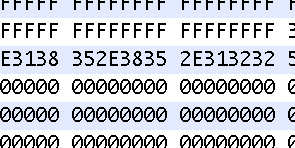
This recent exploit (dubbed “Sandworm”) took advantage of a vulnerability in which a specially crafted OLE object could allow remote code execution. In the case of the live sample exploit PPSX file I examined, it automatically downloaded the payload from a remote SMB share. I won’t rehash much of the details that others have covered but if you want to read more, here are some resources: Microsoft Security Bulletin: https://technet.microsoft.com/en-us/library/security/ms14-060.aspx Original Discovery by…
Read more...Drupal 7 SQL Injection (CVE-2014-3704)
are closed
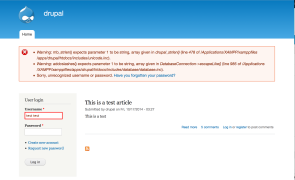
Introduction This vuln has been getting a lot of attention, and rightfully so. The good news is an update is available (and a supplemental patch has been released as well). The bad news is that it’s pre-auth SQLi. The basic problem is the way Drupal core 7.x versions prior to 7.32 construct a SQL query. Contrary to some claims, this is not a flaw in the use of prepared statements/parameterized queries, which…
Read more...Tags:cve , CVE-2014-3704 , drupal , exploit , injection , poc , proof of concept , sql , sql injection , sqli
Phishing for Shellshock
are closed
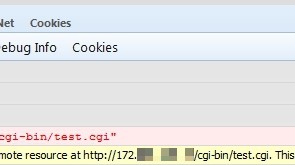
Introduction I thought I was done writing about Shellshock, but a recent discussion with some colleagues got me back on the topic. We were commenting about how organizations tend to react very quickly to patching external assets for a bug like Shellshock but many probably wait to patch internal assets due to a false sense of security. It got me thinking about how an external actor could exploit a bug like…
Read more...Tags:exploit , JavaScript , phishing , scan , shell , shellshock , shock , vulnerability
Shellshock – Targeting Non-CGI PHP
are closed

I’ve seen debates as to whether or not it’s possible to have an unpatched PHP server running in mod_php mode (i.e. not CGI) that is vulnerable to Shellshock. From my testing, the answer appears to be Yes…with some prerequisite conditions. First, the PHP application would have to be using Bash for its system commands — exec(), passthru(), system(), popen(), etc. This is pretty obvious since Shellshock is a Bash-specific vulnerability. Although PHP system command…
Read more...The Search For Shellshock
are closed
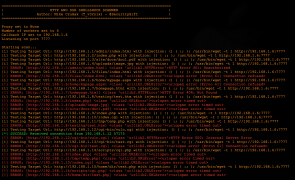
Introduction By now there are hundreds or even thousands of posts and articles about the Bash “Shellshock” vuln and more will be written tomorrow (and the next day …). With that in mind, this post will be fairly short and I won’t be rehashing what shellshock is or why it’s a problem. For that you can simply Google “shellshock” and you’ll find all you wanted to know and more. If you want…
Read more...Why Google Makes My Job More Difficult
are closed
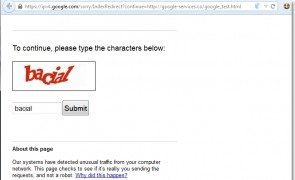
Let me start this post by saying I’m a huge Google fan. I use multiple Android devices and like many others, I’ve become an avid user of services such as Gmail, Docs, Maps, Photos, and Youtube. I even find myself fondly reminiscing about discontinued services such as Reader. And, if you’re like me, Google search has become an instrumental tool in your professional endeavors. So please keep in mind, this post is…
Read more...Tags:docs , google , google docs , phishing , redirection , redirector , redirects , unvalidated redirects
Windows Exploit Development – Part 7: Unicode Buffer Overflows
are closed
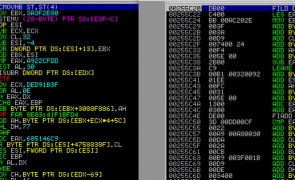
Introduction In this seventh installment of the Windows Exploit Development Series, I’ll introduce Unicode Buffer Overflows. We’ll start with a brief introduction to Unicode (what it is and why/how it’s used in Windows) and then jump right in to some example exploits. If you plan on following along, I recommend you have the following: A Windows environment (XP or Win 7 — my demos will be on the latter) Metasploit, Alpha2 or…
Read more...Tags:allplayer , alpha2 , alpha3 , ansi , ascii , bladeapimonitor , buffer overflow , debugger , dumpbin , exploit , immunity , Microsoft , perl , seh , shellcode , structured exception handler , structured exception handling , unicode , utf-16 , utf-8 , venetian , venetian shellcode , win32 , windows
Fun With Teensy
are closed

Introduction I’ve been wanting to write about the Teensy and its application in security testing or some time now. It’s extremely useful for executing scripts on a target machine without the need for human-to-keyboard interaction. It can be used to bypass auto-run, AV scanning, and encryption policies commonly targeting removable media devices in an enterprise environment. I’ve used it in my security testing to run recon/enumeration scripts, execute reverse shells, exploit local…
Read more...Tags:av bypass , dip switch , exploit , linux , mac , Microsoft , Offsec , penetration testing , pentesting , reverse shell , symantec , teensy , windows
Solving the 2014 DBIR Puzzle Challenge
are closed

Intro This year’s challenge was quite…well…challenging. Unfortunately Andrij, Will, and I were not able to repeat last year’s win and had to settle for second place. Frankly, at one point we weren’t sure we were going to finish at all, so we’ll take it! Read on to see our approach to finding the clues and solving the puzzle – and all of the frustrating missteps along the way. Day 0…
Read more...Tags:2014 dbir , cover challenge , Data Breach Investigations Report , DBIR , dbir puzzle , dbirpuzzle , puzzle , verizon
Understanding WordPress Auth Cookies
are closed
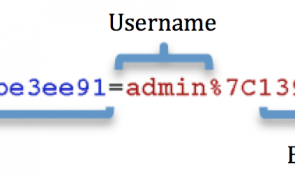
Introduction A recently published vulnerability prompted me to take another look at the wp_validate_auth_cookie WordPress function which is responsible for validating authenticated user requests and ultimately controls access to to your WordPress installation. This post is not about that specific vulnerability (more info here) but rather about how WordPress generates and validates authentication cookies to authorize user requests. If you’re a WordPress user, I encourage you to read on to see what stands between malicious actors and…
Read more...Tags:authentication , brute force , cookie , hash , key , password , salt , secret , wordpress , wp_validate_auth_cookie
 Security Sift
Security Sift
are closed